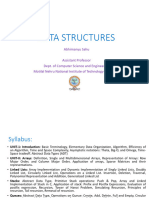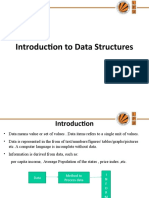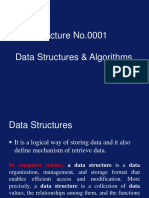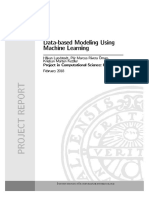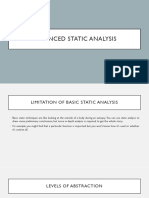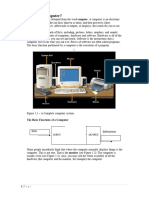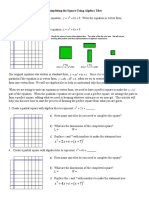0% found this document useful (0 votes)
11 views22 pagesData Structure U-1
Data structure note
Uploaded by
routsubrat297Copyright
© © All Rights Reserved
We take content rights seriously. If you suspect this is your content, claim it here.
Available Formats
Download as DOCX, PDF, TXT or read online on Scribd
0% found this document useful (0 votes)
11 views22 pagesData Structure U-1
Data structure note
Uploaded by
routsubrat297Copyright
© © All Rights Reserved
We take content rights seriously. If you suspect this is your content, claim it here.
Available Formats
Download as DOCX, PDF, TXT or read online on Scribd
/ 22































